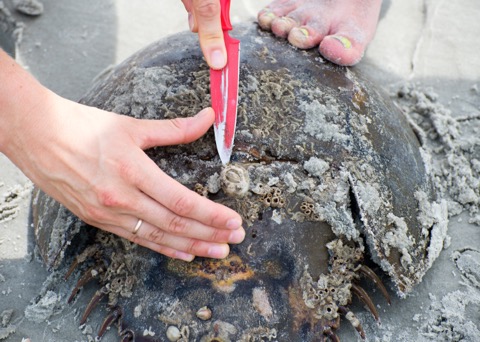field
In the Field
27/05/15 10:15
The semester is over! Tralalalalalalaaaaaa!!
Hey, I love teaching. And there are parts of my job that I love. But most of those parts are concentrated in the few days a year when I’m working, but not in my building. Right now none of my projects are in active need of field sampling or monitoring or measuring anything, so I am living vicariously through my students. Christine led an expedition out to Sapelo last week, where the UGA Marine Institute put us up in a house on the marsh for 5 days of finding horseshoe crabs (for their Chelonibia epibionts - Christine’s dissertation beast), exploring the marsh, teaching my 8-year-old the taxonomy of fiddler crabs, a little beach time, and a lot of writing and excellent together time, all of it much needed.
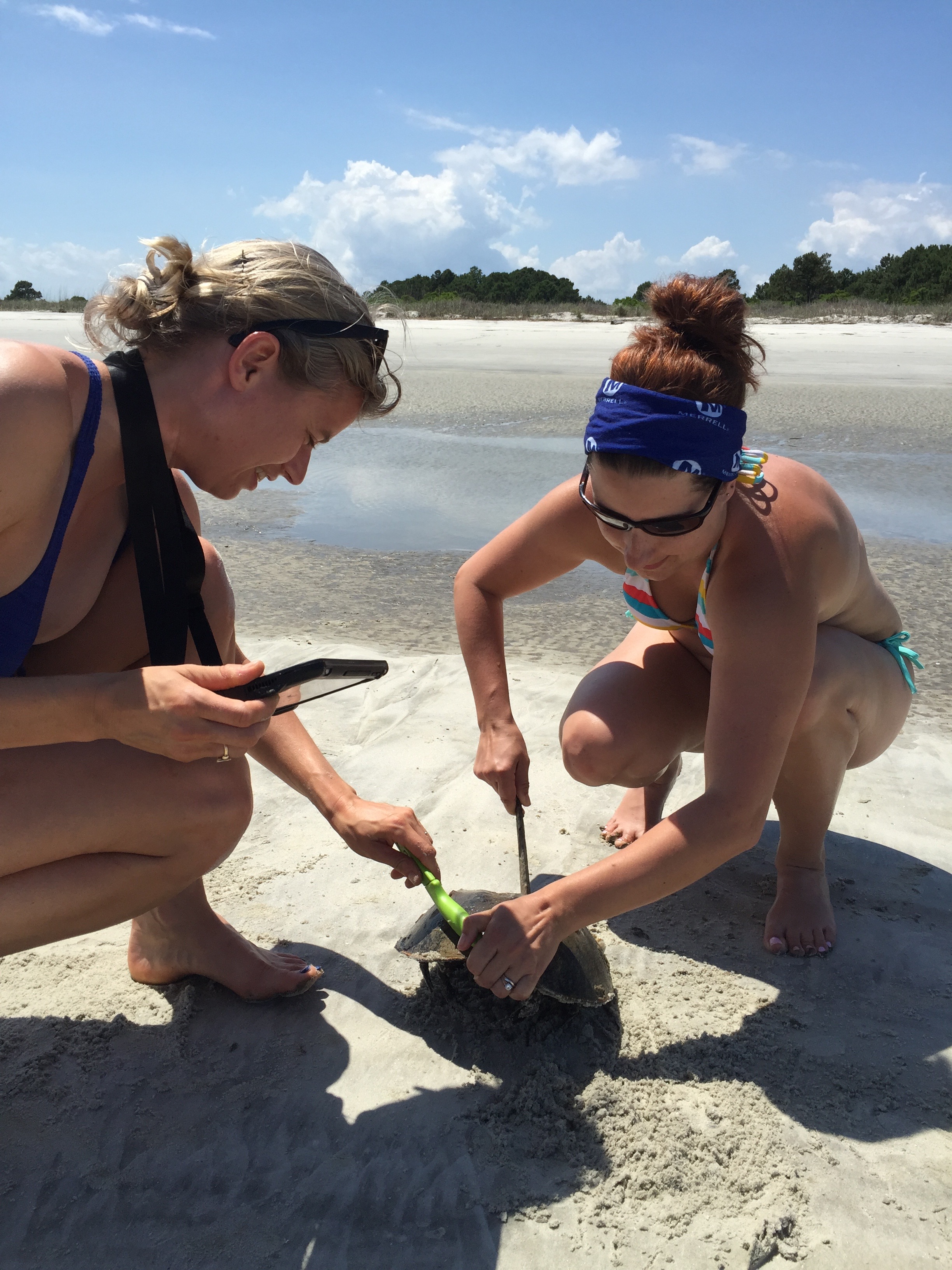
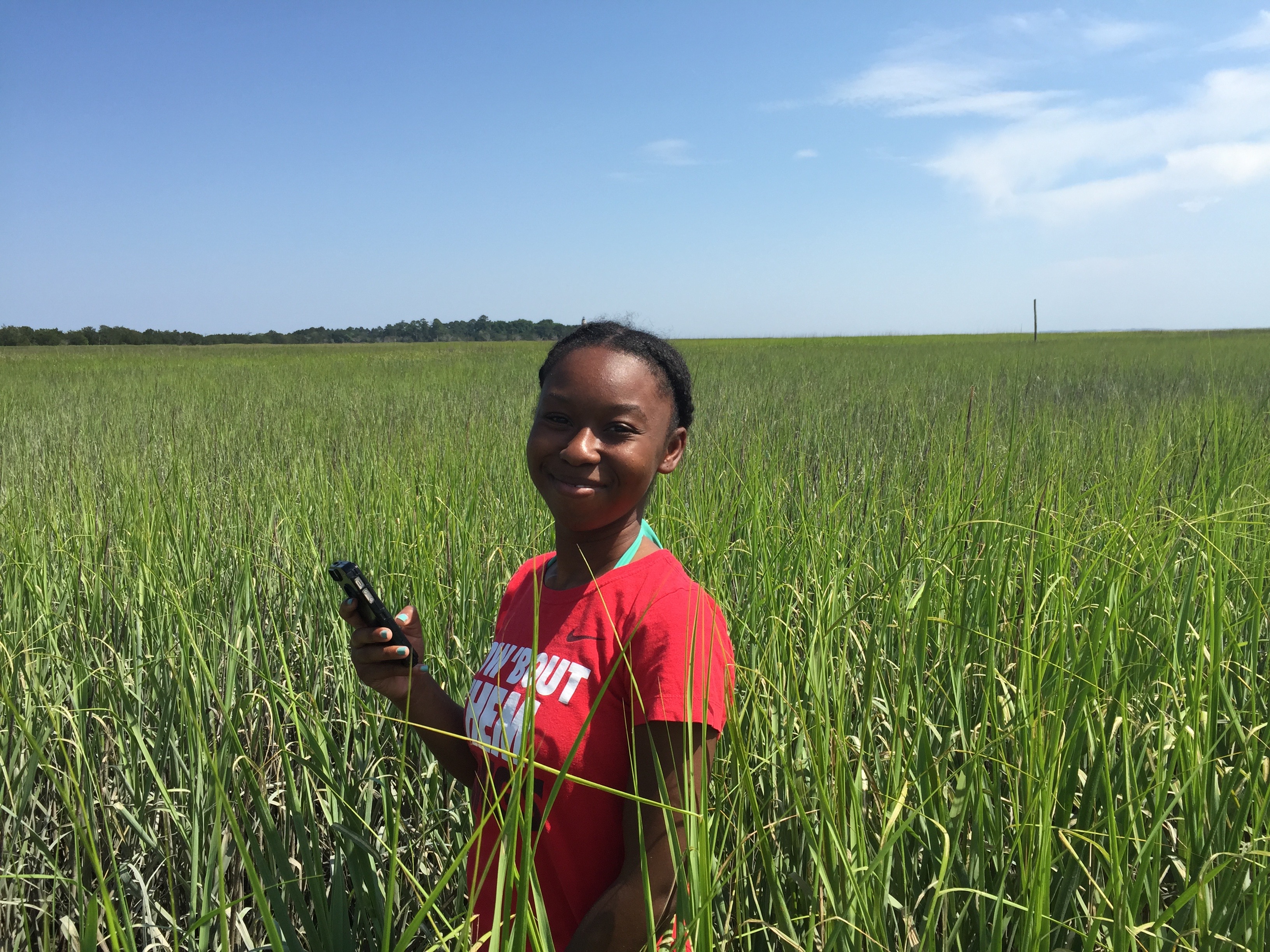
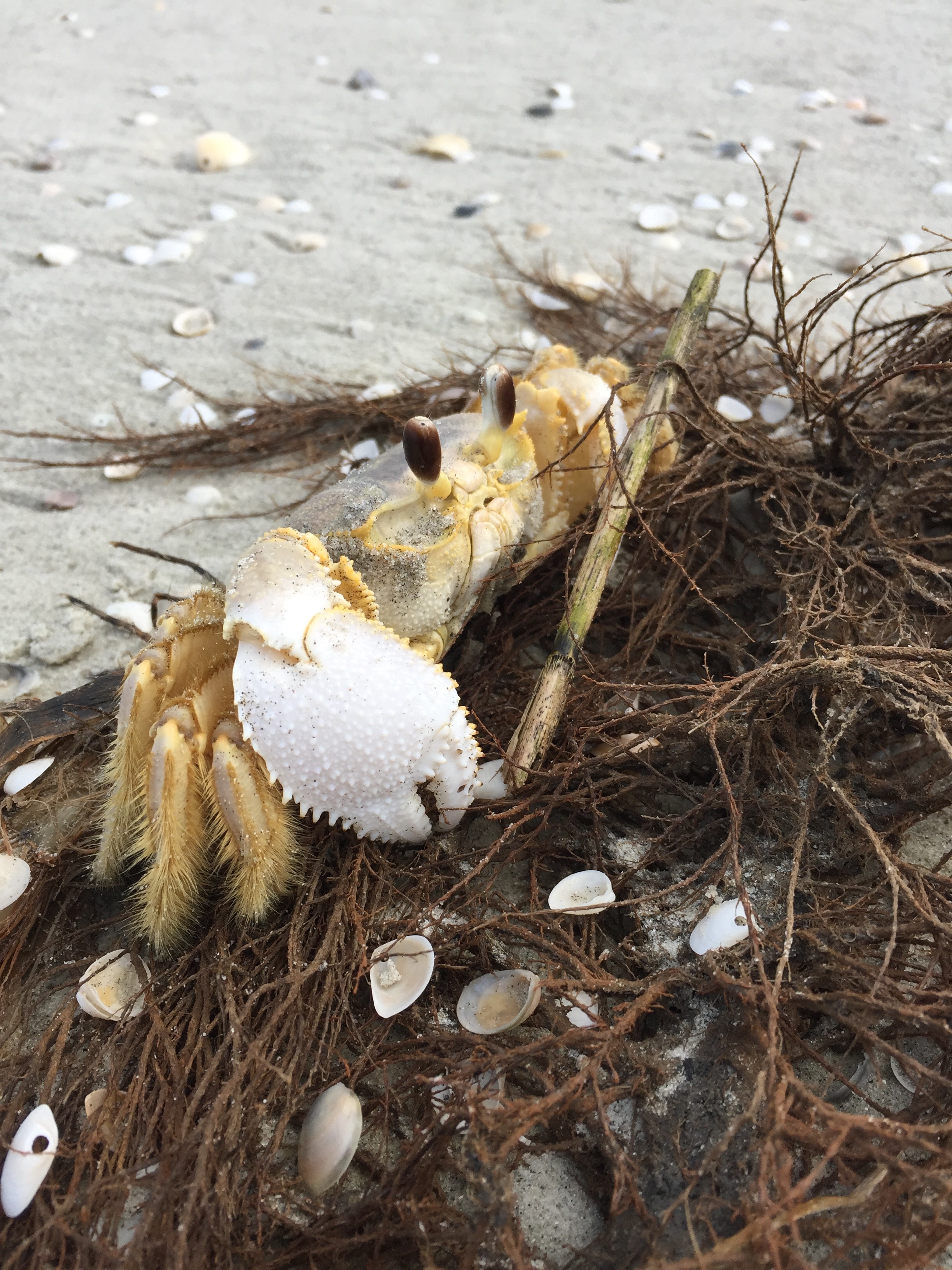
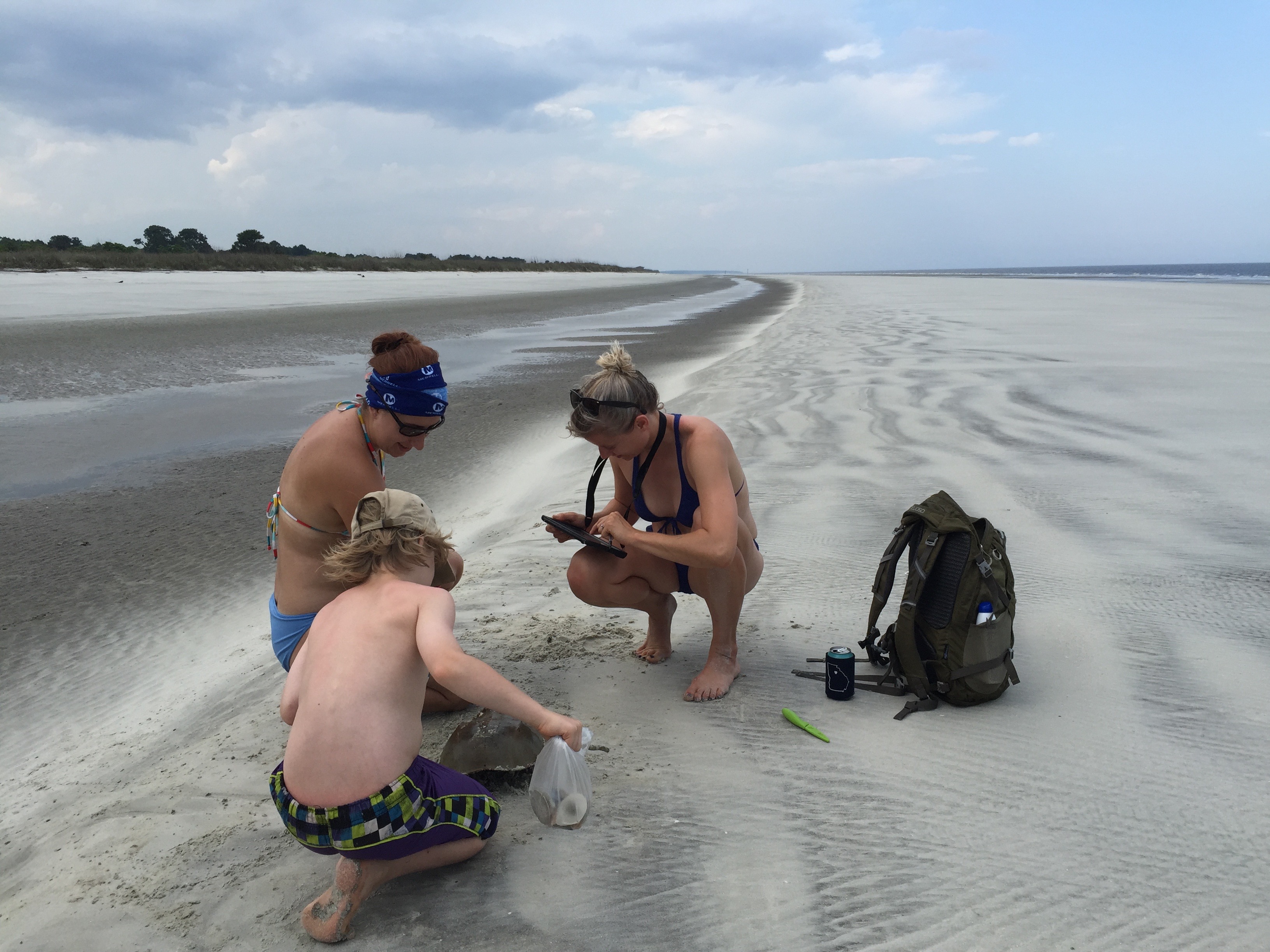
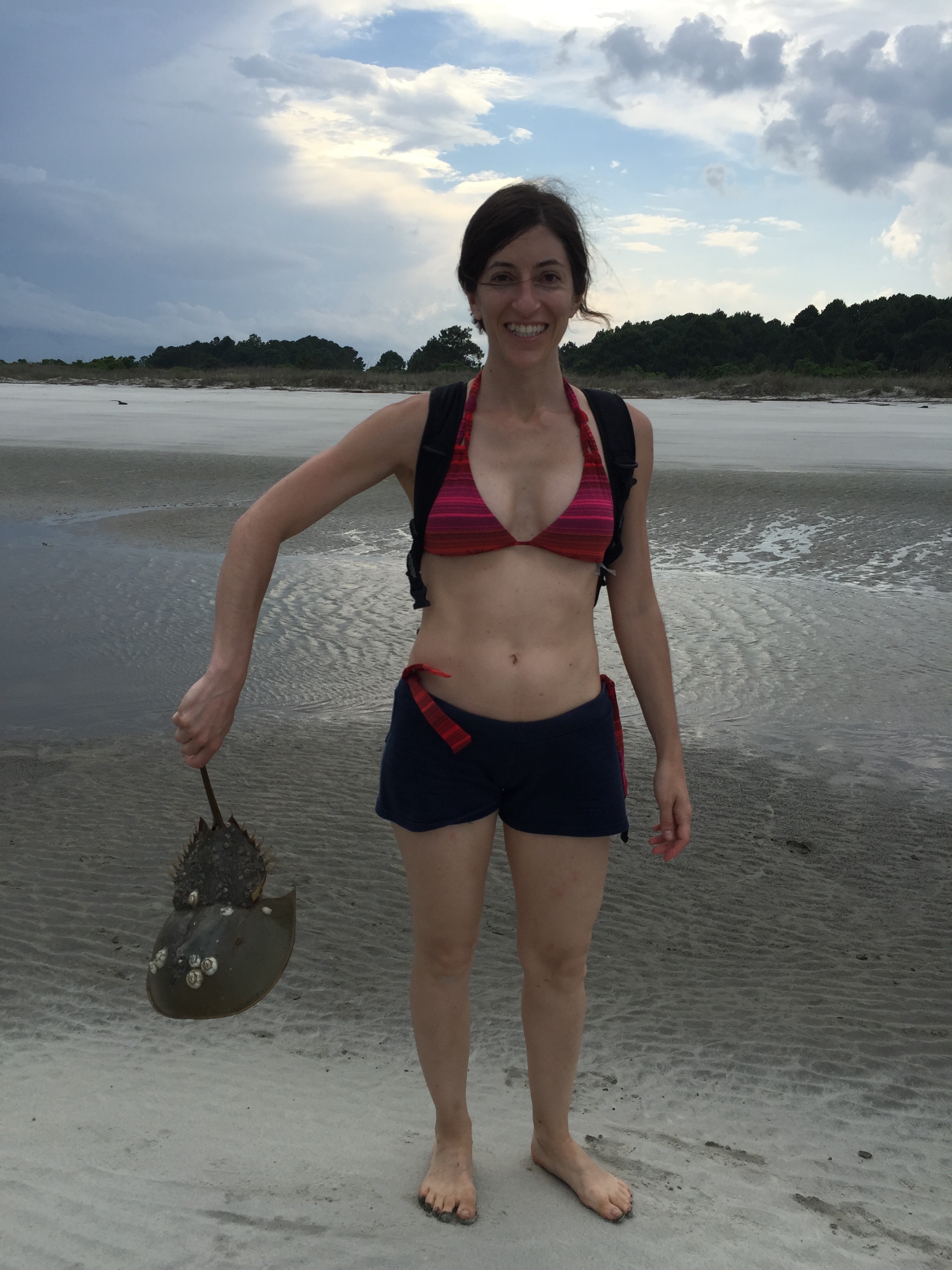
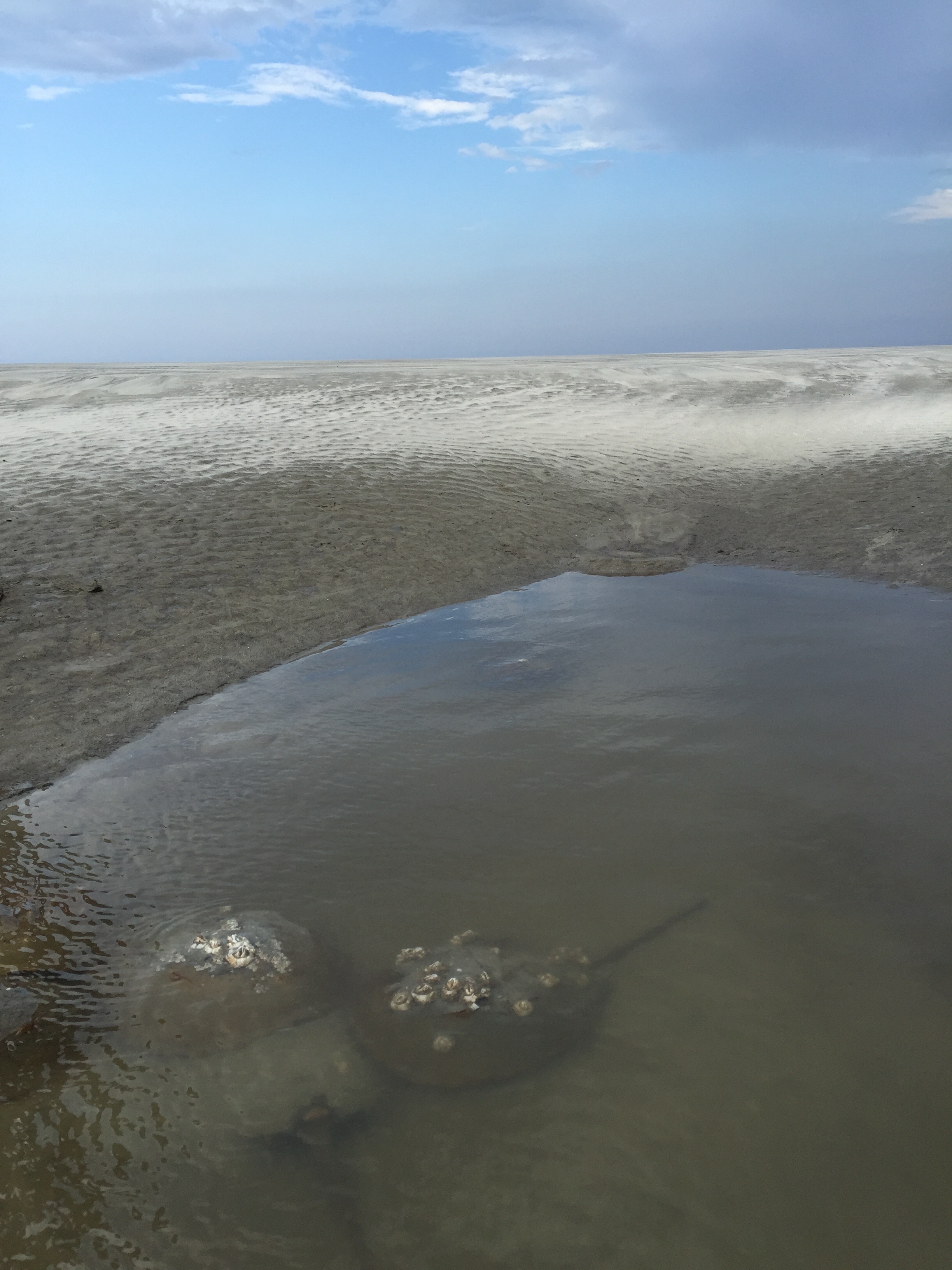
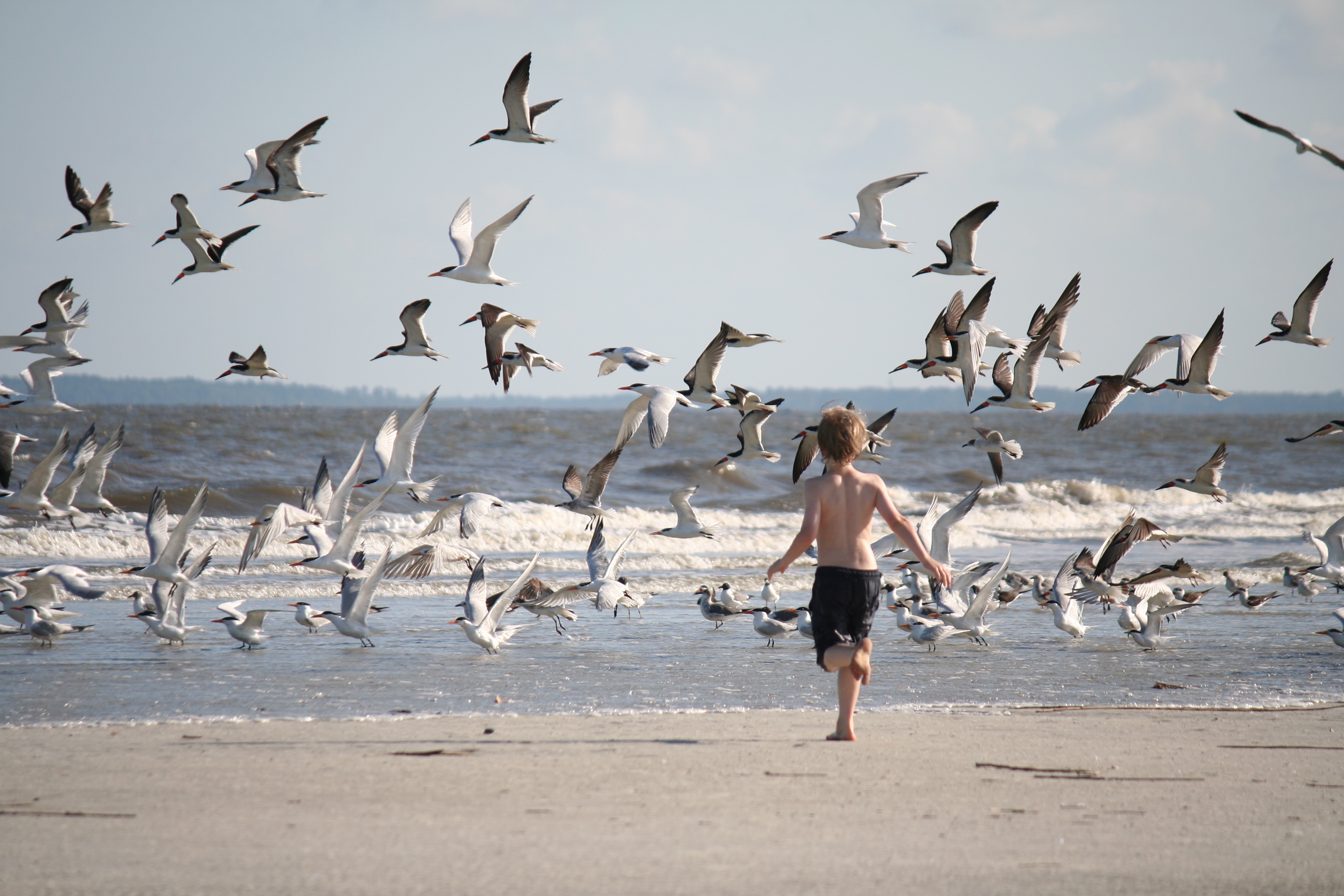
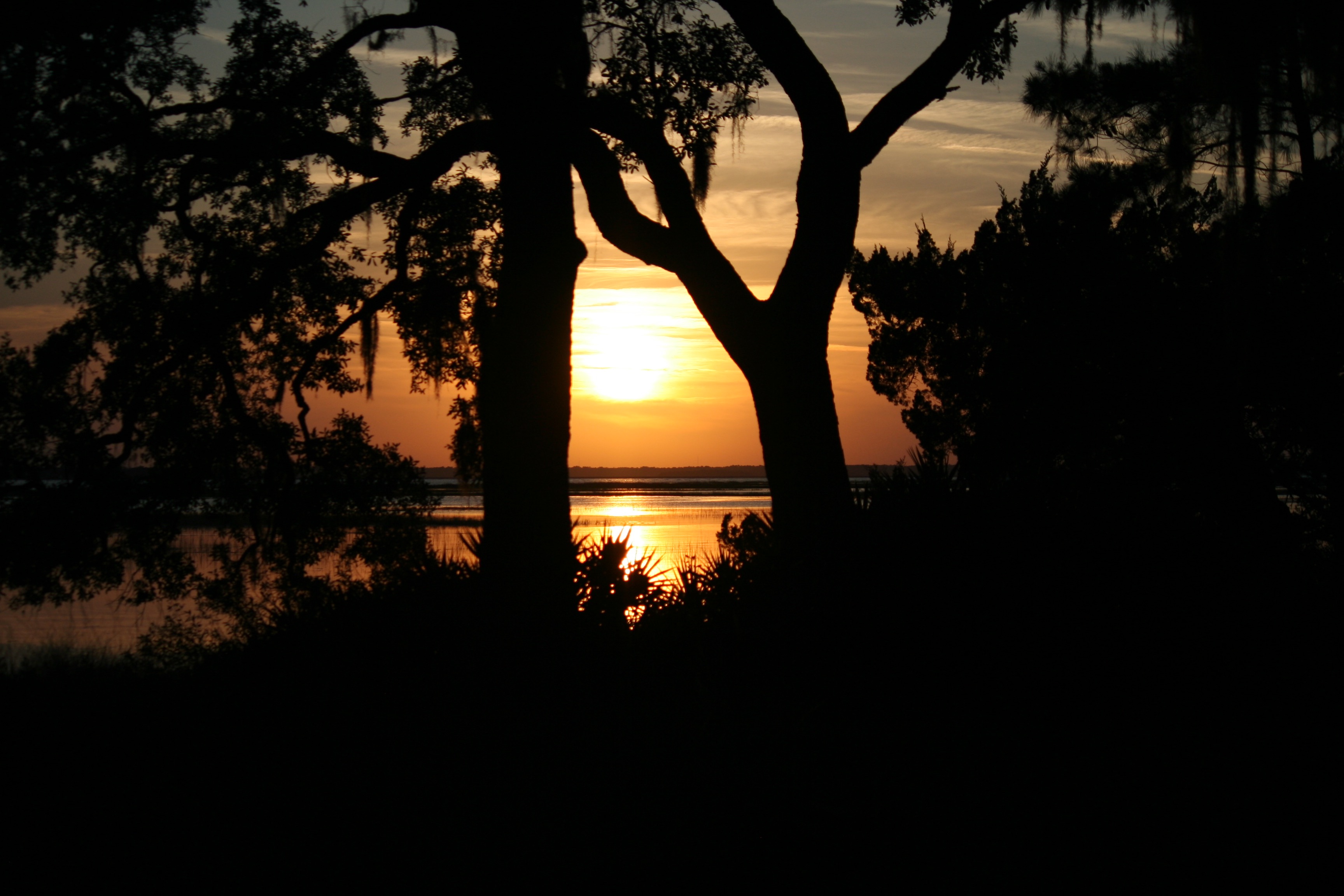
It goes without saying I have about 200 more pictures as good as those or better. We got our quarry, maybe 1-2 more field trips for Christine on her way to doctorhood! We were all sad to leave Sapelo (the loss of a day in cleaning, driving, unpacking, exhaustion, back to building), but quickly got to look forward to the next trip - south central Georgia for a day on a river with Katie Bockrath and Mary Freeman’s fish crew, who helped get us a second round of mussel hosts collected on a beautiful day before a big storm. The timing is everything - water temperature, how high the stream is running, whether it is storming of course, whether we can round up a truck on short notice (not to mention a crew) - and this was almost effortless for once!
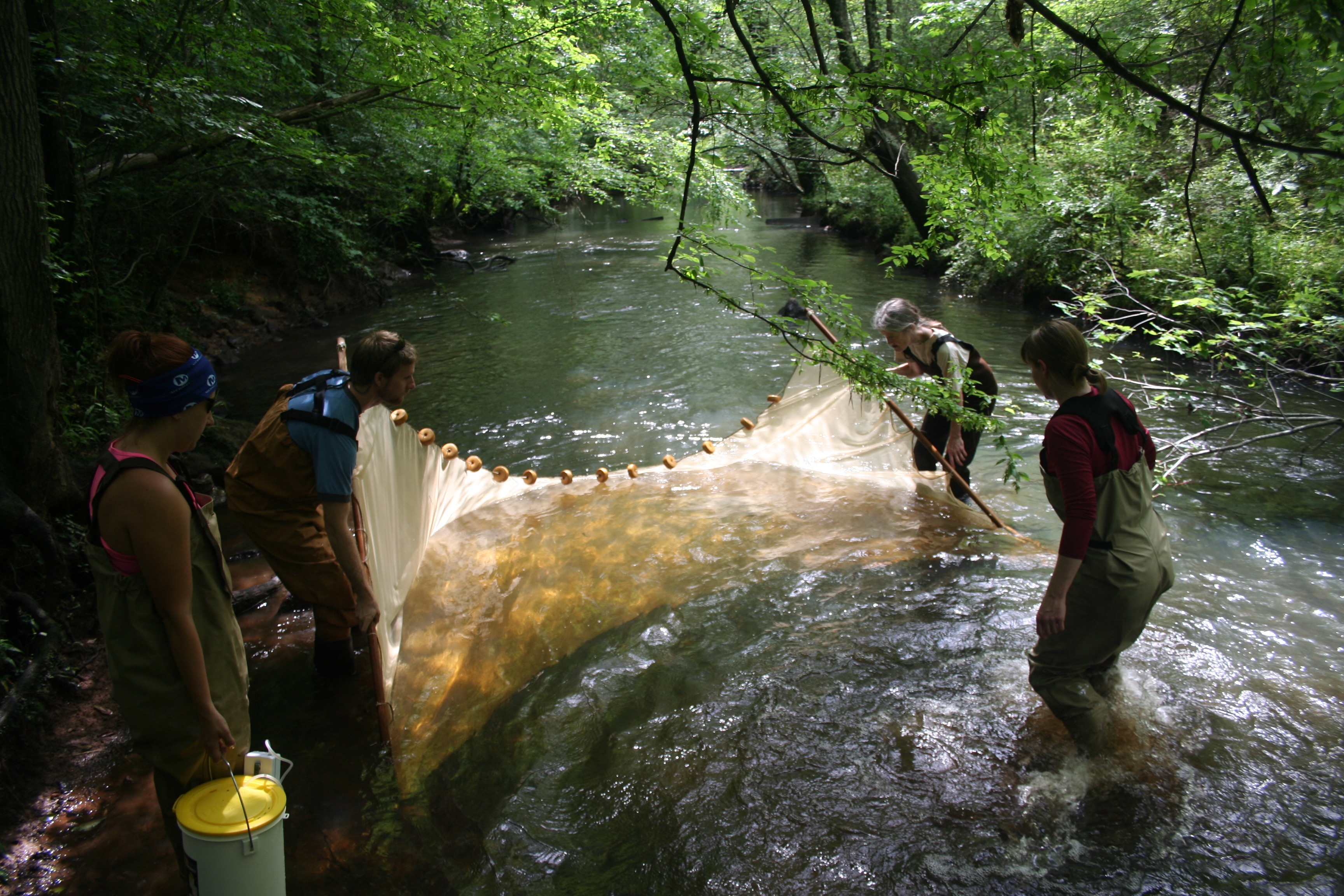
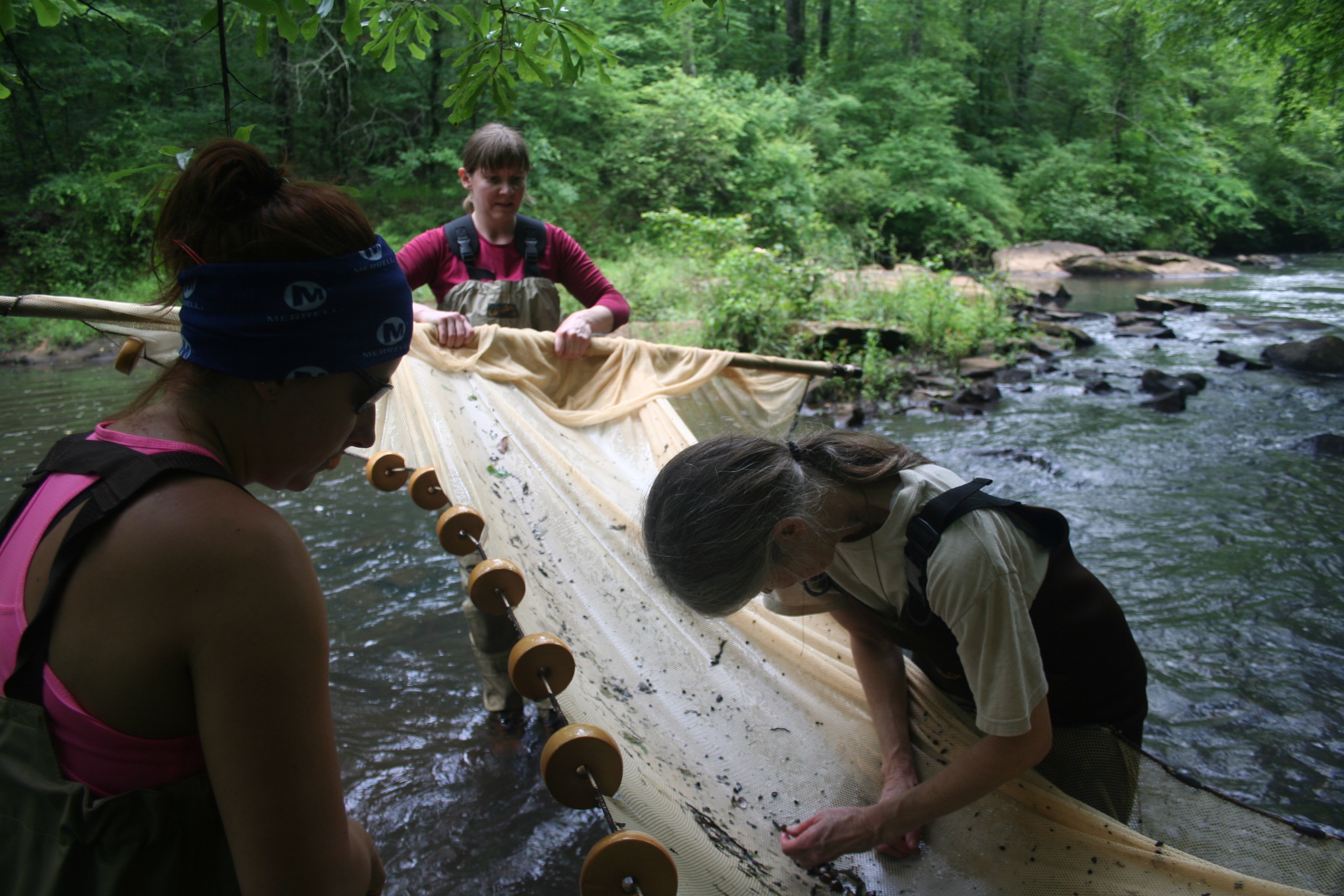
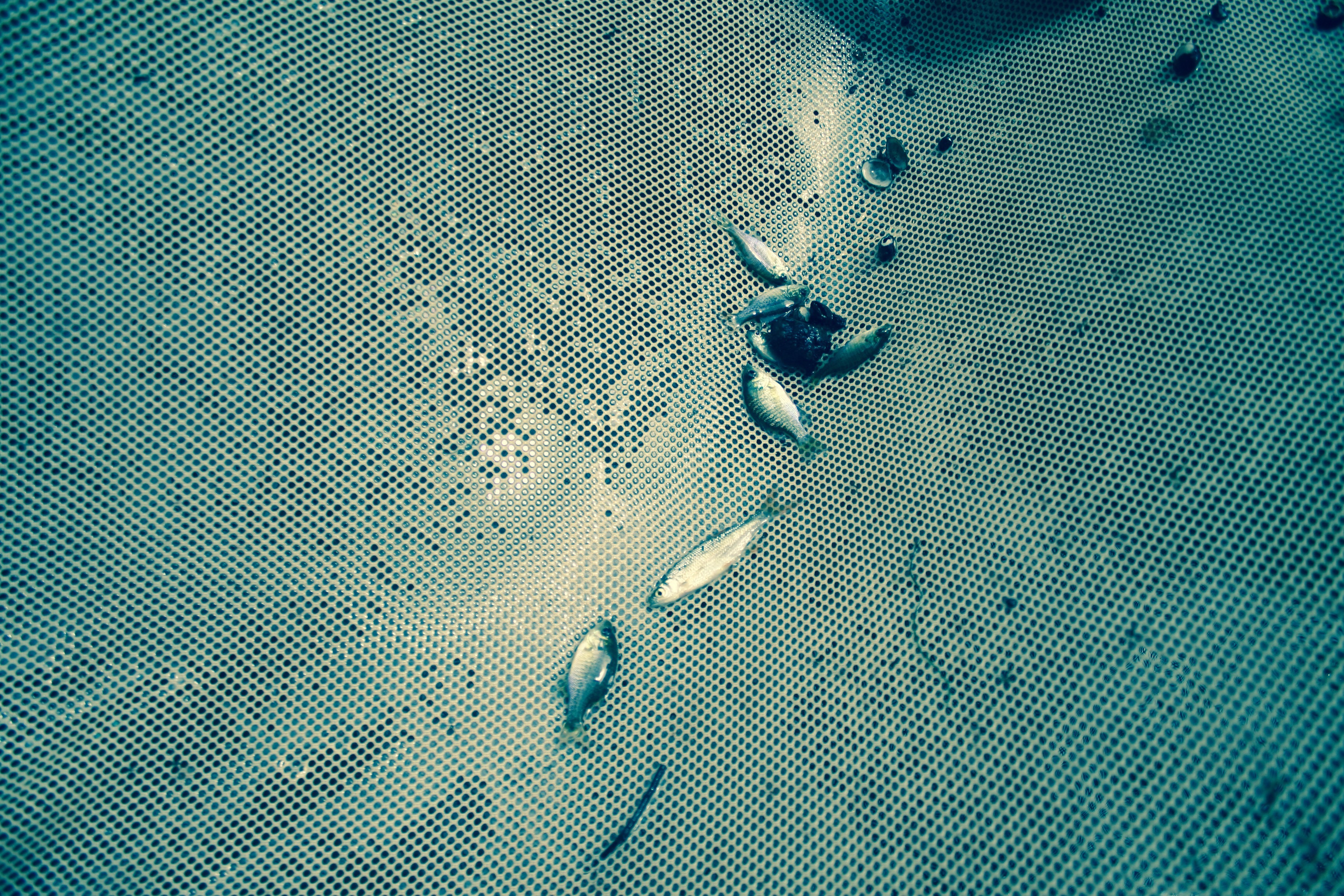
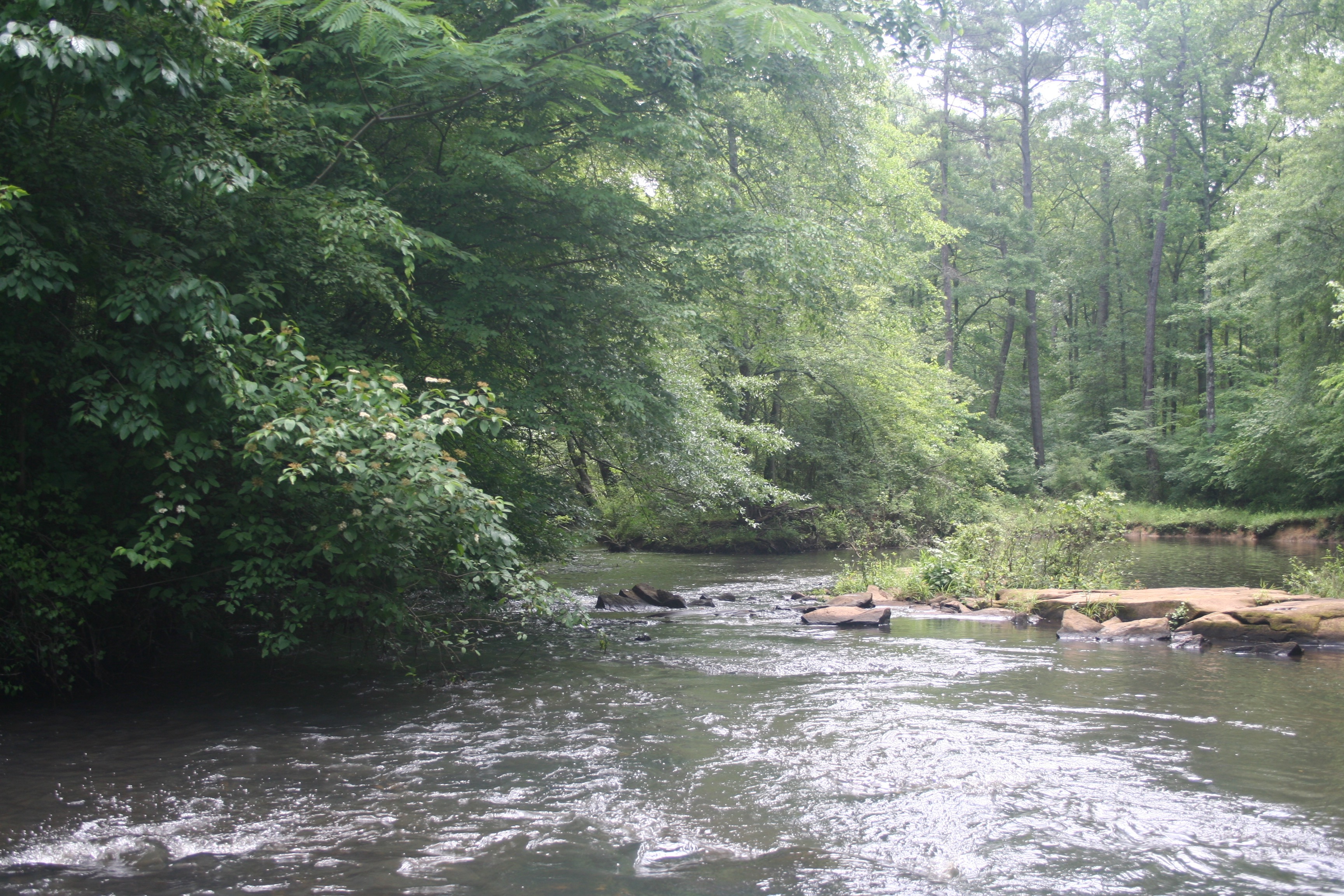
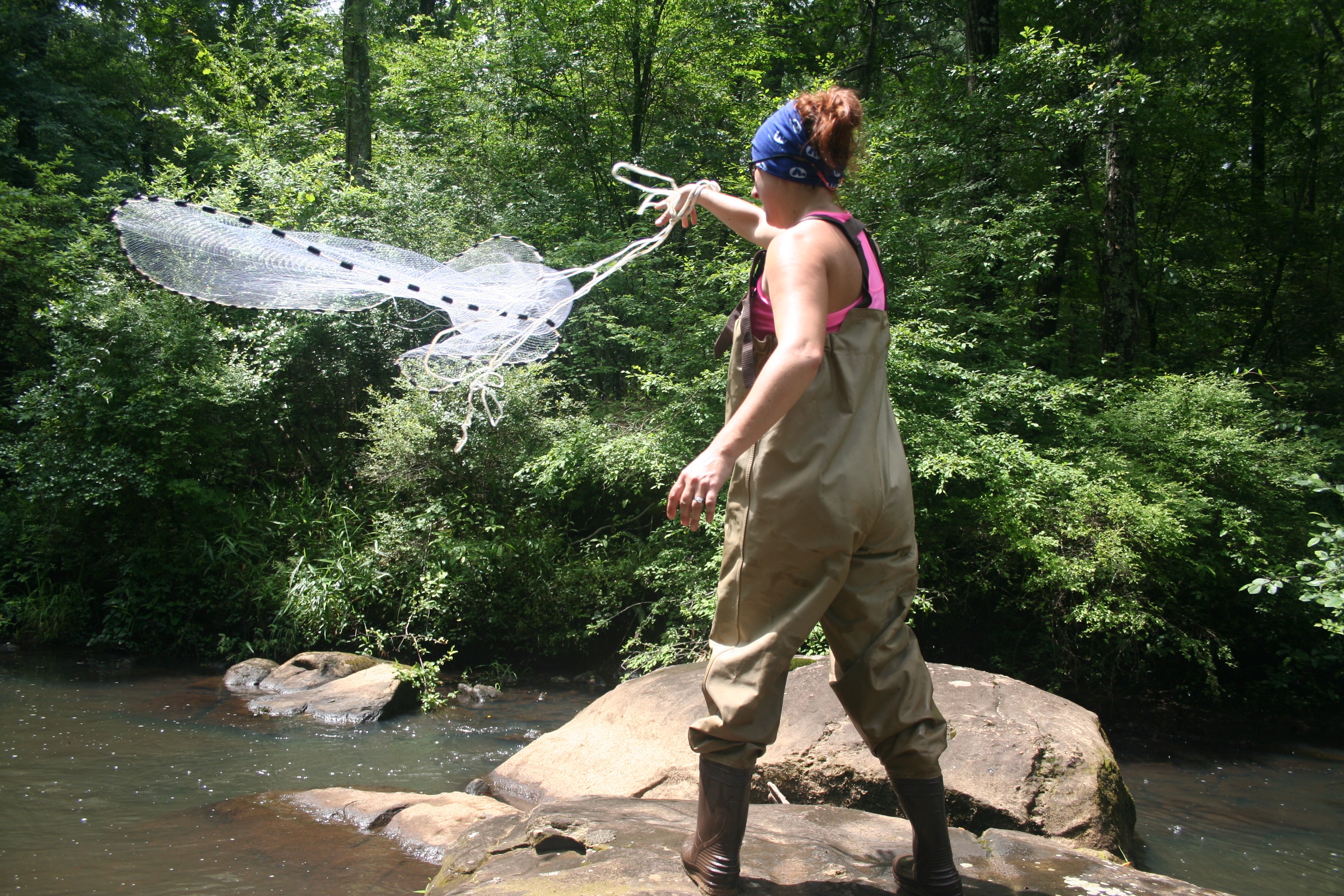
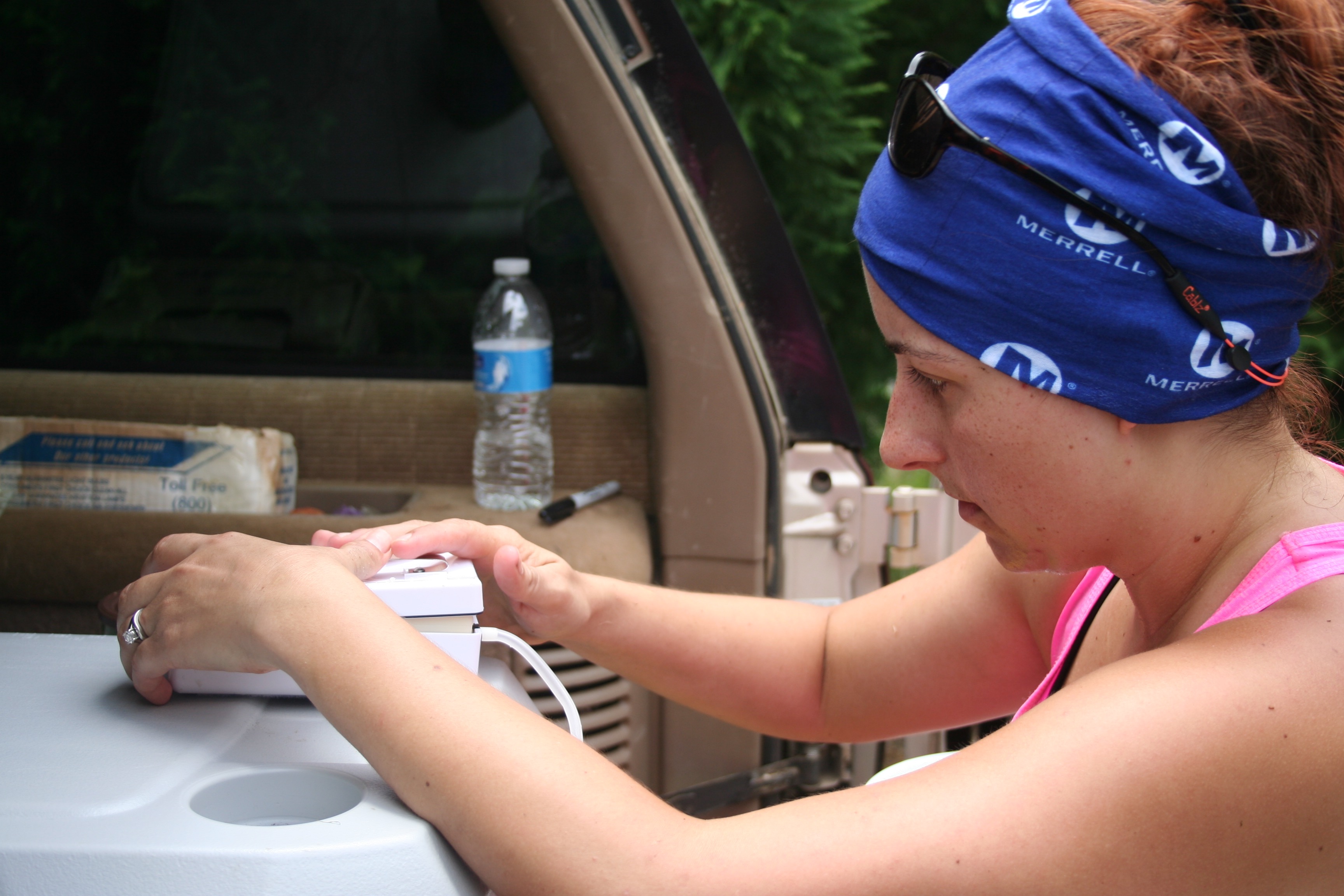
Thanks to everybody in the lab and otherwise who helped on these trips, in any way - these are the days I most feel like a biologist.
Hey, I love teaching. And there are parts of my job that I love. But most of those parts are concentrated in the few days a year when I’m working, but not in my building. Right now none of my projects are in active need of field sampling or monitoring or measuring anything, so I am living vicariously through my students. Christine led an expedition out to Sapelo last week, where the UGA Marine Institute put us up in a house on the marsh for 5 days of finding horseshoe crabs (for their Chelonibia epibionts - Christine’s dissertation beast), exploring the marsh, teaching my 8-year-old the taxonomy of fiddler crabs, a little beach time, and a lot of writing and excellent together time, all of it much needed.








It goes without saying I have about 200 more pictures as good as those or better. We got our quarry, maybe 1-2 more field trips for Christine on her way to doctorhood! We were all sad to leave Sapelo (the loss of a day in cleaning, driving, unpacking, exhaustion, back to building), but quickly got to look forward to the next trip - south central Georgia for a day on a river with Katie Bockrath and Mary Freeman’s fish crew, who helped get us a second round of mussel hosts collected on a beautiful day before a big storm. The timing is everything - water temperature, how high the stream is running, whether it is storming of course, whether we can round up a truck on short notice (not to mention a crew) - and this was almost effortless for once!






Thanks to everybody in the lab and otherwise who helped on these trips, in any way - these are the days I most feel like a biologist.
Horseshoes
16/06/14 13:36
| I had to post one of | Adam Bewick’s photos from my lab’s trip down to Sapelo this past weekend. Nice color, composition, and a little insight into the work that is involved in getting some turtle barnacles for Christine Ewers-Saucedo’s research!
Now That is a Truck
27/05/13 12:49
The next time we head out for field work in southern Chile, I plan to avoid getting another Kia Gran Vitara. Though it sufficed, I think THIS might really work for us. Though then we wouldn’t have gotten to stay in those beautiful palafitos in Chiloé….

versus….


versus….

Field Work
11/01/13 09:30
We are preparing for our trip to Chile - my student Christine, her partner Daniel as field crew, and I - and I know this is going to be a good trip. We need to go down there to explore a second genealogical transition in the barnacle Notochthamalus scabrosus, which I’ve been studying for 6-7 years now. It is a good use of my research funds, but one could argue that all three of us don’t need to be down there to scrape barnacles! However, I know the system and have been down there before; it is Christine’s current research; Daniel is more fluent in Spanish and a more experienced field researcher; and we want the project to succeed. But beyond that I had forgotten an important reason to get down there: working with the organisms in the field changes everything about what you know about a biological system.
I just finished re-reading Steinbeck’s Log from the Sea of Cortez and two passages have to be shared.
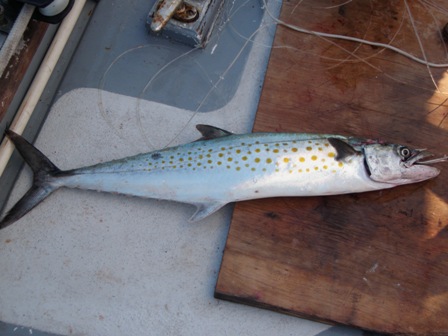
“We knew that what we would see and record and construct would be warped, first, by the collective pressure....of our time and race, second ...by our personalities. But knowing this, we might not fall into too many holes - we might maintain some balance between our warp and the separate thing, the external reality. The oneness of these two might take its contribution from both. For example: the Mexican sierra has "XVII-15-IX" spines in the dorsal fin. These can easily be counted. But if the sierra strikes hard on the line so that our hands are burned, if the fish sounds and nearly escapes and finally comes in over the rail, his colors pulsing and his tail beating the air, a whole new relational externality has come into being - an entity which is more than the sum of the fish plus the fisherman. The only way to count the spines of the sierra unaffected by this second relational reality is to sit in a laboratory, open an evil-smelling jar, remove a stiff colorless fish from formalin solution, count the spines, and write the truth "D. XVII-15-IX." There you have recorded a reality which cannot be assailed - probably the least important reality concerning either the fish or yourself.”
and then...
“Our own interest lay in relationships of animal to animal. If one observes in this relational sense, it seems apparent that species are only commas in a sentence, that each species is at once the point and the base of a pyramid, that all life is relational to the point where an Einsteinian relativity seems to emerge. And then not only the meaning but the feeling about species grows misty. One merges into another, groups melt into ecological groups until the time when what we know as life meets and enters what we think of as non-life: barnacle and rock, rock and earth, earth and tree, tree and rain and air. And the units nestle into the whole and are inseparable from it. Then one can come back to the microscope and the tide pool and the aquarium. But the little animals are found to be changed, no longer set apart and alone. And it is a strange thing that most of the feeling we call religious, most of the mystical outcrying which is one of the most prized and used and desired reactions of our species, is really the understanding and the attempt to say that man is related to the whole thing, related inextricably to all reality, known and unknowable. This is a simple thing to say, but the profound feeling of it made a Jesus, a St. Augustine, a St. Francis, a Roger Bacon, a Charles Darwin, and an Einstein. Each of them in his own tempo and with his own voice discovered and reaffirmed with astonishment the knowledge that all things are one thing and that one thing is all things - plankton, a shimmering phosphorescence on the sea and the spinning planets and an expanding universe, all bound together by the elastic string of time. It is advisable to look from the tide pool to the stars and then back to the tide pool again.”
And so, we go to the field next month.
I just finished re-reading Steinbeck’s Log from the Sea of Cortez and two passages have to be shared.

“We knew that what we would see and record and construct would be warped, first, by the collective pressure....of our time and race, second ...by our personalities. But knowing this, we might not fall into too many holes - we might maintain some balance between our warp and the separate thing, the external reality. The oneness of these two might take its contribution from both. For example: the Mexican sierra has "XVII-15-IX" spines in the dorsal fin. These can easily be counted. But if the sierra strikes hard on the line so that our hands are burned, if the fish sounds and nearly escapes and finally comes in over the rail, his colors pulsing and his tail beating the air, a whole new relational externality has come into being - an entity which is more than the sum of the fish plus the fisherman. The only way to count the spines of the sierra unaffected by this second relational reality is to sit in a laboratory, open an evil-smelling jar, remove a stiff colorless fish from formalin solution, count the spines, and write the truth "D. XVII-15-IX." There you have recorded a reality which cannot be assailed - probably the least important reality concerning either the fish or yourself.”
and then...
“Our own interest lay in relationships of animal to animal. If one observes in this relational sense, it seems apparent that species are only commas in a sentence, that each species is at once the point and the base of a pyramid, that all life is relational to the point where an Einsteinian relativity seems to emerge. And then not only the meaning but the feeling about species grows misty. One merges into another, groups melt into ecological groups until the time when what we know as life meets and enters what we think of as non-life: barnacle and rock, rock and earth, earth and tree, tree and rain and air. And the units nestle into the whole and are inseparable from it. Then one can come back to the microscope and the tide pool and the aquarium. But the little animals are found to be changed, no longer set apart and alone. And it is a strange thing that most of the feeling we call religious, most of the mystical outcrying which is one of the most prized and used and desired reactions of our species, is really the understanding and the attempt to say that man is related to the whole thing, related inextricably to all reality, known and unknowable. This is a simple thing to say, but the profound feeling of it made a Jesus, a St. Augustine, a St. Francis, a Roger Bacon, a Charles Darwin, and an Einstein. Each of them in his own tempo and with his own voice discovered and reaffirmed with astonishment the knowledge that all things are one thing and that one thing is all things - plankton, a shimmering phosphorescence on the sea and the spinning planets and an expanding universe, all bound together by the elastic string of time. It is advisable to look from the tide pool to the stars and then back to the tide pool again.”
And so, we go to the field next month.
Horseshoes
04/06/12 10:55
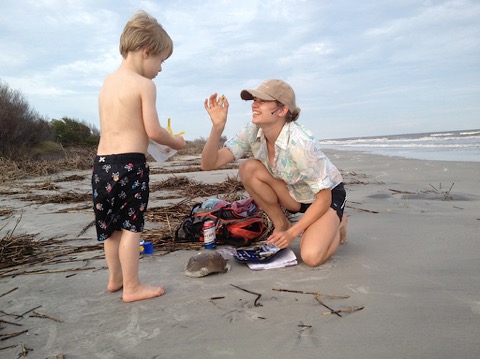
Another brilliant (but too short) trip to Sapelo. Christine Ewers is on another run of collecting horseshoe crabs for the Chelonibia (n.b. - as of June 2012, no page exists for this genus yet at Wikipedia, and barely noted in the Encyclopedia of Life) barnacles that grow on their backs. Horseshoe crabs come up to the beach at the highest tides to mate, so we were able to collect a few near sunset each day for her samples. Riley Wares helped out with the whirl-paks and enthusiasm!
For those of you who haven’t been to or worked at Sapelo Island, this is where UGA hosts its marine lab: certainly one of the more unusual marine labs I’ve been to. It has minimal infrastructure, but also minimal nearby development. Staff and researchers are housed in the buildings around R.J. Reynold’s old mansion, and we are well located for beach and salt marsh work (and play!). The island is separated from the coast by a 20-minute Department of Natural Resources ferry ride, a bargain at $1 per passenger.
Chile and The Force
09/11/10 12:13
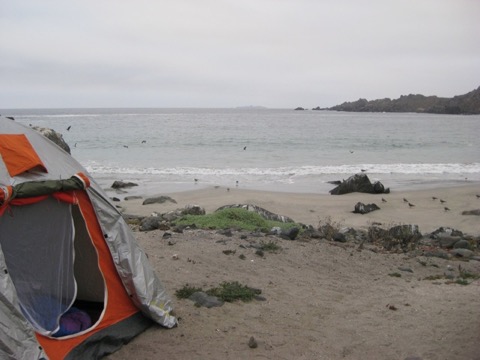
Three days in Chile, quite a weekend. I won’t say it was hectic, because I spent a lot of time waiting in airports and then a lot of time being well-cared-for by my hosts in Chile. We camped on the beach at Temblador, ate wonderful food, got to know each other well. My work in Chile dovetails very nicely with that of postdoc Jenna Shinen, who is currently based at ECIM in Las Cruces and works with Sergio Navarrete.
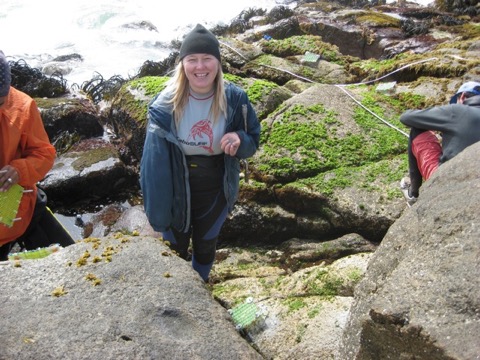
We are both studying the dynamics of the barnacles Notochthamalus and Jehlius, and this trip was an opportunity to get to know the system better (for me - Jenna knows it inside and out), meet the field technicians (Elliott and Felipe pictured below), and of course to collect some barnacles.
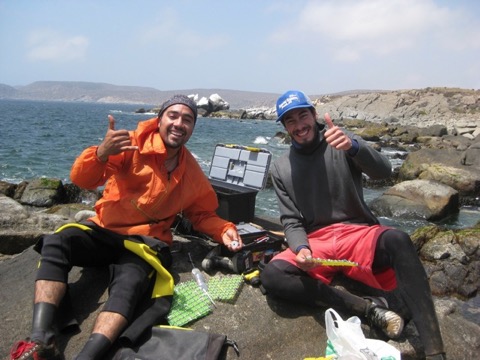
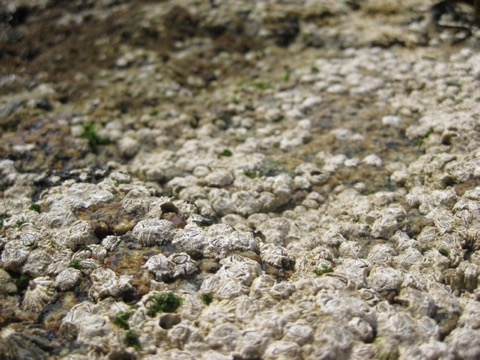
Along the way I had some fantastic seafood (mariscos), empañadas, good drinks, watched some fútbol.... and perhaps most surprisingly, got re-acquainted with Star Wars. These movies have gripped my Chilean colleagues pretty fiercely, and we spent a lot of time in the intertidal singing this:
It is amazing how easily one can fly around the world so quickly, stand in places that Darwin may have stood 150 years ago, study the same organisms....and have the most memorable component of the trip involve Darth Vader.
Worms
12/05/10 09:16
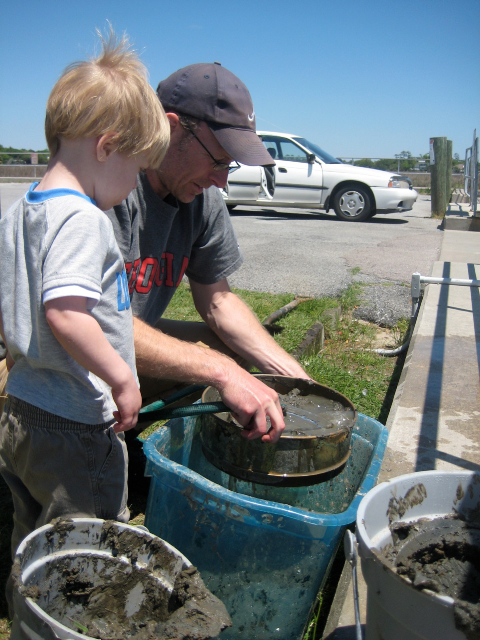
A little proof that I do escape from behind my monitor from time to time. Two weeks ago, I was out at Sapelo Island to visit our Georgia Coastal Ecosystems sites in hopes of finding Streblospio benedicti for my student (Christina Zakas). My field assistant mostly liked to help with the hose and mud. The procedure for finding these critters gives lie to the phrase “find ‘em and grind ‘em” as applied to phylogeography. The problem is that people have come to assume such studies are as simple as driving to an area, scooping up an organism, and then squeezing DNA out of it. Truth is - and its good to be reminded myself when I’m reviewing papers for journals - small sample sizes often result from organisms that are very hard to find, have nasty associated chemistry that inhibits PCR, and/or organisms that are threatened (and thus rare, though we want the data ever so much more).
A week later, I got to touch the Pacific as well. I just got back from an NSF workshop on “Evolution and Climate Change in the Oceans”. Phenomenal group of scientists, very high-level discussion and ideas, a lot of fun - and a good excuse to spend a few days on Santa Catalina Island, off the coast from Los Angeles. My only regret is forgetting to bring running shoes, after several days of travel and meetings I feel pretty sluggish.
Why Barnacles?
08/09/09 12:30
Most people who work with me know I work on barnacles. Of course, I study a lot of things - in the past few years my lab has had projects pertaining to corals, polychaetes, cladocerans, isopods, seastars, fishes, and certainly barnacles (that’s five phyla, plus I was co-author on an Apicomplexan phylogeny paper for six!). But as somebody who is interested in how passively-dispersing larvae interact with the environment, including ocean currents, physiological gradients, competition for space, and so on, barnacles are really a nice choice. They’re hermaphroditic, sessile, fecund, and easy to find. They were the choice taxon of Charles Darwin. They suggest endless questions of morphological plasticity (and stasis!), adaptation, speciation, and biogeography. They keep intertidal rocks from being too slippery to stand on. And, for some at least - I haven’t yet been anywhere that I could do this - they’re really tasty. Of course I am most interested in what the nauplius larvae are doing, and there isn’t much of a meal in things that are less than 500 microns in size, so next time I’m in Chile I guess I better find a market that serves up the adults!

In other news, Penny Haddrill’s work in my backyard (the Five Points Biological Station) has confirmed not only that we have an abundance of D. melanogaster (if only they could outcompete the mosquitoes), but also the recent invader Zaprionus, an attractive but destructive little fly that will apparently be a problem for my peach tree in years to come. If anybody has ideas for some good evolutionary ecology to be done on a backyard that looks wild but is predominantly composed of invasive species, I guess the FPBS is the place to be.

In other news, Penny Haddrill’s work in my backyard (the Five Points Biological Station) has confirmed not only that we have an abundance of D. melanogaster (if only they could outcompete the mosquitoes), but also the recent invader Zaprionus, an attractive but destructive little fly that will apparently be a problem for my peach tree in years to come. If anybody has ideas for some good evolutionary ecology to be done on a backyard that looks wild but is predominantly composed of invasive species, I guess the FPBS is the place to be.
Field Station for Genetics
03/09/09 13:22
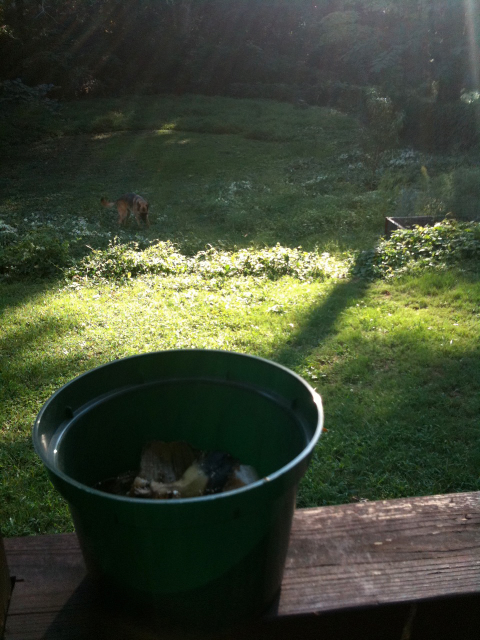
That’s it. You are looking at the new Five Points Biological Station, a.k.a. my backyard. I’ve collected stream microbial samples from Brooklyn Creek down in the trees at the back. The mown patch is an experiment by a friend of mine who is a landscape architect. Apparently earlier this week the PIRE students came to gasp in awe at the biomass of invasive plant species (kudzu, japanese stiltgrass, honeysuckle, and so on) in my backyard. The pot with rotting bananas in it is there to make collections of Drosophila for Penny Haddrill, who is in town and gave the Genetics seminar last week. I may have to start charging access fees - if you want to use the FPBS you have to sit on the back porch with me and bring some beer so we can enjoy these really nice evenings of late....note the free-ranging carnivore population too - there’s probably a study to be done on her as well.
